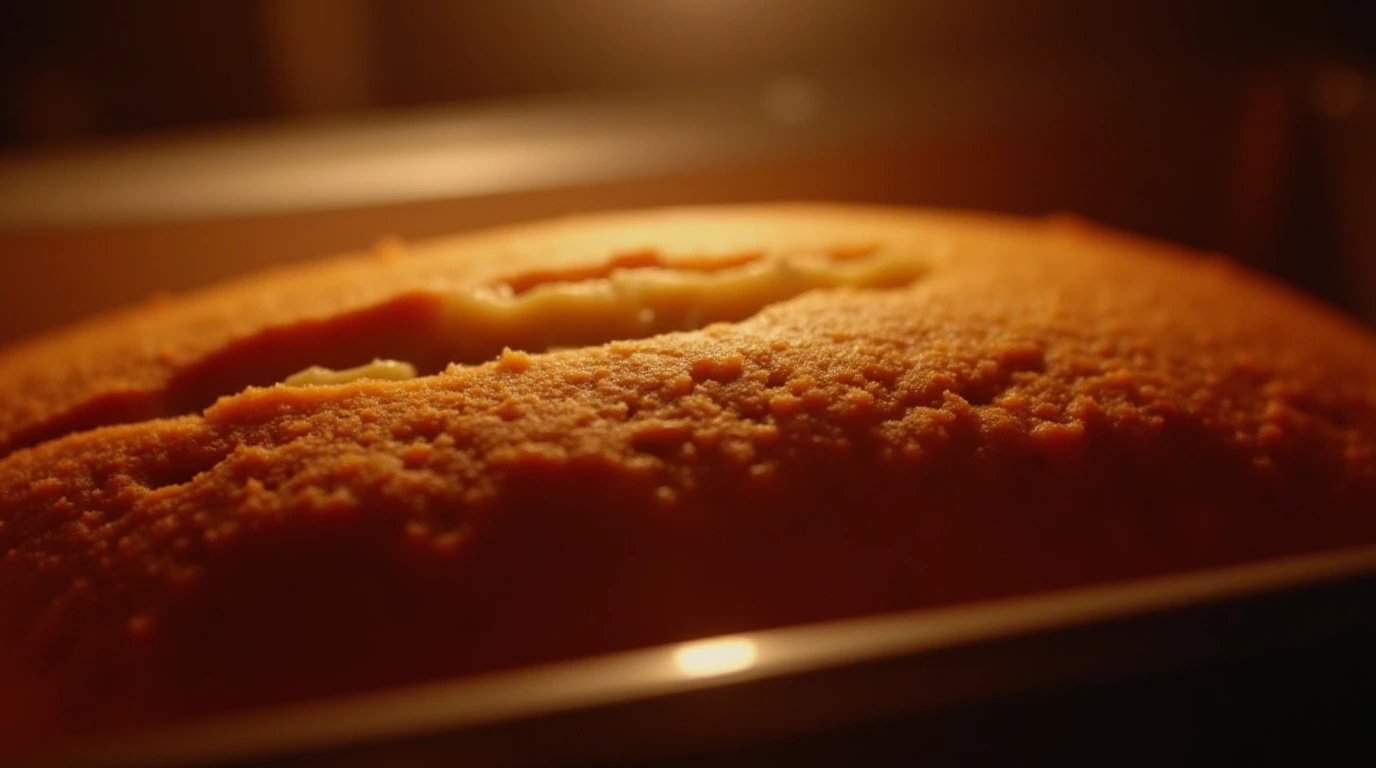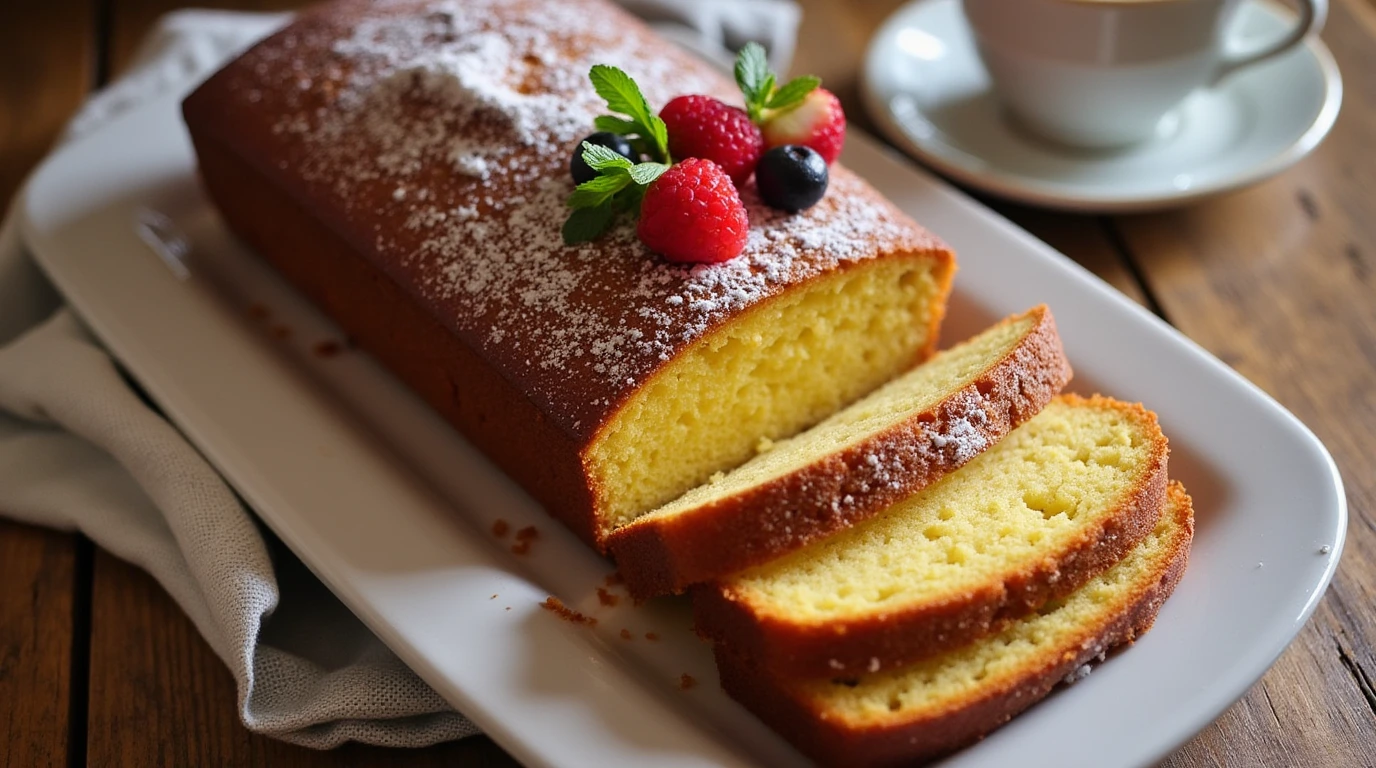Pound cake is a classic dessert known for its buttery richness and dense yet moist texture. The challenge of replicating this iconic treat in a gluten free version is an exciting opportunity to explore new ingredients and techniques. Whether you’re baking for dietary needs or simply looking to try something new, this guide will help you craft a flawless gluten free pound cake that rivals the traditional version.
Why Choose Gluten Free Pound Cake?
For those following a gluten free diet, baked goods can often feel like a compromise. However, with the right approach, gluten free pound cake can offer:
- Richness and Flavor: Achieved through quality ingredients like almond flour and butter.
- Customization: Easily adapted for dietary preferences, including dairy-free and egg-free versions.
- Health Benefits: Often lower in refined carbohydrates and more nutrient-dense than traditional cakes.
Pair your pound cake with creative sides like Gluten Free Granola Without Oats for a balanced, wholesome treat.
A Brief History of Pound Cake
The traditional pound cake originated in Europe in the early 18th century. Its name reflects the original recipe: a pound each of butter, sugar, eggs, and flour. Over time, this formula evolved to include leavening agents and flavor enhancements. Today, gluten free variations honor this heritage while addressing modern dietary needs.
The Science of Gluten Free Baking
Why is Gluten Important?
In traditional baking, gluten provides elasticity, structure, and a chewy texture. When removed, these qualities must be replaced with alternative techniques and ingredients.
Gluten Free Baking Solutions
- Binders: Xanthan gum or psyllium husk mimic gluten’s elasticity, holding the batter together.
- Flour Blends: Combining almond flour, rice flour, and tapioca starch creates a balanced texture.
- Moisture Retention: Ingredients like butter, yogurt, or applesauce prevent dryness.
Learn more about flour alternatives with recipes like Gluten Free Almond Flour Coffee Cake.
Ingredients for a Perfect Gluten Free Pound Cake
Achieving the perfect balance of flavor, texture, and moisture requires:
- Gluten Free Flour: Choose a blend with a mix of nut-based and starch-based flours for structure and softness.
- Butter: Unsalted butter provides richness. For dairy-free options, use vegan butter.
- Leavening Agents: Baking powder ensures a light, fluffy texture.
- Sweeteners: Granulated sugar creates a caramelized crust, but alternatives like coconut sugar or honey work too.
- Flavorings: Vanilla extract, almond extract, or citrus zest add depth and character.
Tools You’ll Need
Using the right tools can make or break your baking success:
- Mixer: A stand mixer or hand mixer ensures even creaming of butter and sugar.
- Pans: Loaf pans or bundt pans are ideal for pound cakes.
- Oven Thermometer: Accuracy is essential, especially for gluten free baking.
- Measuring Tools: Precision is key when working with gluten free ingredients.
Recipe: Classic Gluten Free Pound Cake

Ingredients:
- 1 1/2 cups gluten free flour blend
- 1 tsp baking powder
- 1/4 tsp xanthan gum
- 1/2 tsp salt
- 1 cup unsalted butter, softened
- 1 cup granulated sugar
- 4 large eggs, room temperature
- 2 tsp vanilla extract
- 1/4 cup milk or non-dairy substitute
Instructions:
- Preheat and Prep: Preheat the oven to 350°F. Grease and line a loaf pan with parchment paper.
- Mix Dry Ingredients: In a bowl, whisk together the flour, baking powder, xanthan gum, and salt.
- Cream Butter and Sugar: Beat the butter and sugar until light and fluffy, about 3–5 minutes.
- Add Eggs and Vanilla: Incorporate eggs one at a time, mixing well after each addition. Add vanilla extract.
- Combine Dry and Wet: Gradually mix in the dry ingredients, alternating with milk. Do not overmix.
- Bake: Pour batter into the prepared pan. Bake for 50–60 minutes, or until a toothpick inserted in the center comes out clean.
- Cool: Let cool in the pan for 10 minutes, then transfer to a wire rack.
Variations on the Recipe
Sweet Variations:
- Lemon Pound Cake: Add 2 tbsp lemon zest and drizzle with lemon glaze.
- Chocolate Marble Pound Cake: Swirl in melted dark chocolate before baking.
- Berry Swirl Pound Cake: Fold in a berry compote for a fruity twist.
Savory Variations:
- Herb-Infused Pound Cake: Add rosemary or thyme for a savory option.
- Cheddar Pound Cake: Mix in sharp cheddar and chives.
Serving and Pairing Ideas
Enhance your pound cake experience with these pairings:
- Toppings:
- Whipped cream and fresh berries.
- A drizzle of honey or maple syrup.
- Beverages:
- Pair with tea, coffee, or hot chocolate.
- For an evening dessert, serve with dessert wine or sparkling water.
- Side Dishes:
- Serve alongside Overnight Gluten Free Breakfast Casserole for a full brunch menu.
Troubleshooting and Tips
Common Issues:
- Why Did My Cake Sink?
- Avoid overmixing the batter or opening the oven door during baking.
- Why is My Cake Dry?
- Ensure the right balance of fat and liquid, and don’t overbake.
Tips for Success:
- Chill batter slightly before baking to improve texture.
- Measure flour precisely—too much can make the cake dense.
Frequently Asked Questions
How Long Does Gluten Free Pound Cake Last?
Proper storage ensures your pound cake stays fresh and delicious:
- At Room Temperature: Store the pound cake in an airtight container for up to 3 days. Keep it in a cool, dry place away from direct sunlight to maintain its texture and flavor.
- Refrigerated: For extended freshness, store the cake in the refrigerator for up to 7 days. Ensure it’s tightly wrapped to prevent drying out.
- Frozen: Wrap individual slices in plastic wrap and place them in a freezer-safe container or bag. This allows you to freeze the cake for up to 3 months. Thaw slices at room temperature before serving.
Can I Make It Vegan?
Absolutely! Veganizing a gluten free pound cake is simple:
- Egg Replacement: Use flax eggs (1 tbsp flaxseed meal + 2.5 tbsp water per egg) or chia eggs for binding.
- Butter Substitute: Replace unsalted butter with vegan butter or coconut oil. Ensure your vegan butter is firm and suitable for baking.
- Milk Alternative: Use almond milk, oat milk, or soy milk as a dairy-free option.
These substitutions still produce a moist and flavorful cake with a slightly different but equally satisfying texture.
What’s the Best Way to Reheat?
Reheating restores the pound cake’s fresh-baked feel:
- In the Oven: Preheat to 300°F. Place the cake slice on a baking sheet and warm for 5–7 minutes. This method retains the cake’s moisture and texture.
- In the Microwave: Heat the slice on a microwave-safe plate for 10–15 seconds. Cover it with a damp paper towel to prevent it from drying out.
- Toaster Oven: For a slightly crisp exterior, reheat in a toaster oven for 3–4 minutes.
Why Did My Pound Cake Crack on Top?
Cracks are common in pound cakes and typically occur because:
- The oven temperature was too high, causing the exterior to set before the interior expanded.
- The batter was overmixed, leading to excess air that disrupted the baking process.
To minimize cracks, bake at a consistent temperature and avoid overmixing.
Can I Add Mix-Ins Like Nuts or Chocolate Chips?
Yes! Fold in your favorite mix-ins to customize the flavor:
- Nuts: Chopped pecans, walnuts, or almonds add crunch and richness.
- Chocolate Chips: Use dairy-free chips for a vegan option.
- Fruits: Dried cranberries, raisins, or fresh blueberries work well but should be coated lightly in flour to prevent sinking.
Is Gluten Free Pound Cake Healthier Than Traditional Pound Cake?
The health benefits depend on the ingredients used:
- Lower Carb Options: Using almond flour reduces the carbohydrate content.
- Natural Sweeteners: Replacing sugar with honey or maple syrup can reduce refined sugar intake.
- Nutrient Density: Gluten free flours like almond or coconut flour offer higher protein and fiber than wheat flour.
While still a dessert, gluten free pound cake can align better with specific health goals.
Can I Make a Sugar-Free Version?
Yes! Substitute granulated sugar with alternatives like:
- Erythritol or Monk Fruit Sweetener: Zero-calorie sugar replacements.
- Maple Syrup or Honey: For a natural and lightly caramelized sweetness. Adjust liquid ingredients slightly when using liquid sweeteners.
How Do I Keep My Pound Cake from Being Too Dense?
A dense cake is often caused by improper technique. Follow these tips:
- Room Temperature Ingredients: Ensure butter, eggs, and milk are at room temperature for even mixing.
- Don’t Overmix: Mix until just combined to avoid overworking the batter.
- Use Fresh Leavening Agents: Expired baking powder may not provide enough lift.
By addressing these common concerns, you’ll be well on your way to baking the perfect gluten free pound cake!
Final Thoughts
Baking gluten free pound cake is a rewarding endeavor that blends creativity with precision. By understanding the unique characteristics of gluten free ingredients and experimenting with flavors, you can create a cake that’s both delicious and versatile. For more baking inspiration, try Healthy Gluten Free Breakfast Cake Loaf and expand your gluten free repertoire.

